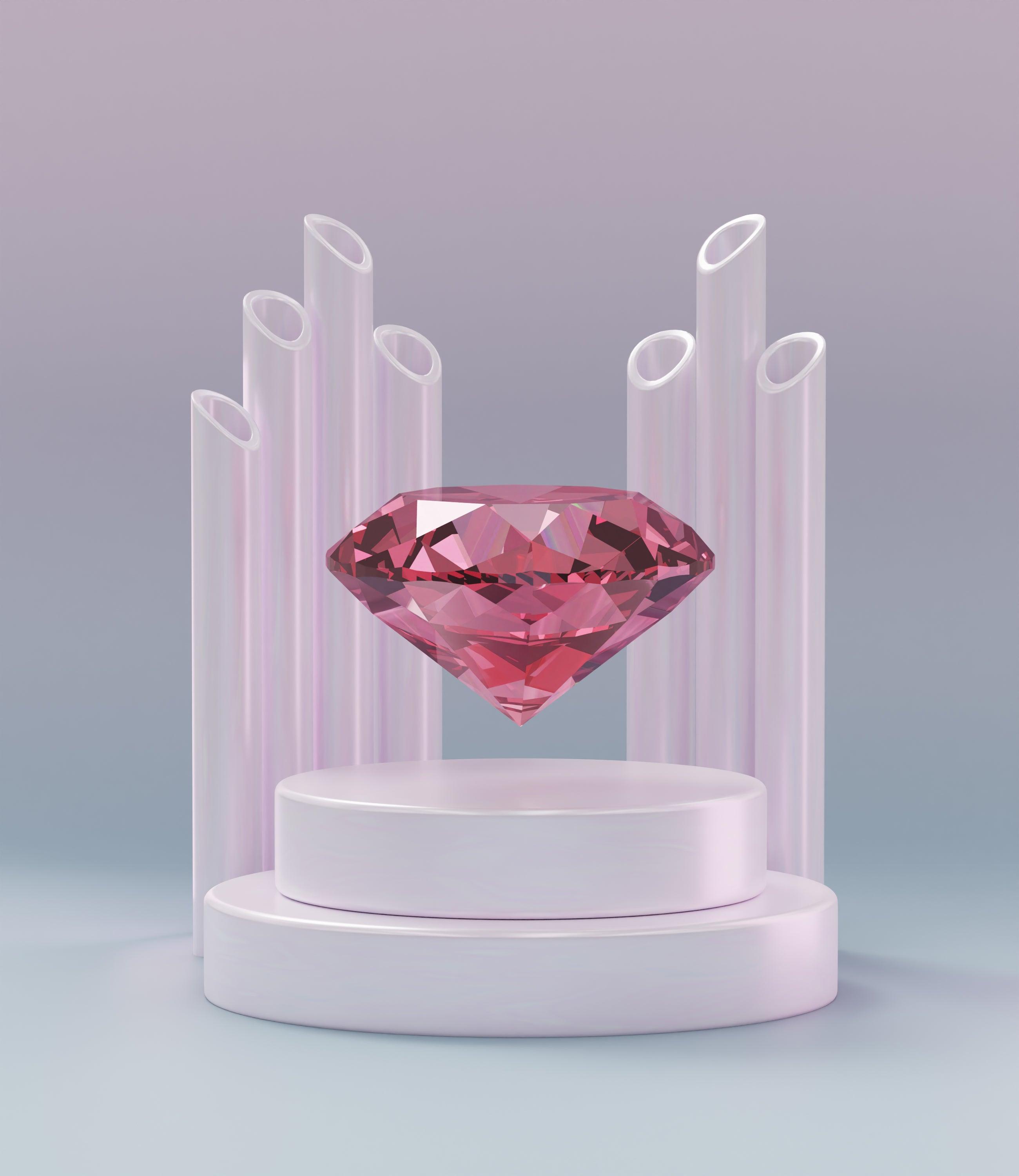
Lab-Grown Diamonds: Ethical Origins for a Brilliant Shine
The allure of a sparkling diamond has captivated hearts for centuries. These exquisite gems symbolize love, commitment, and luxury, but the traditional diamond industry has faced ethical and environmental concerns. In response to these issues, lab-grown diamonds have emerged as a sustainable and ethical alternative, offering the same captivating beauty as natural diamonds. In this article, we will explore the world of lab-grown diamonds, their ethical origins, and the brilliant shine they bring to the jewelry industry.
- The Traditional Diamond Industry
The traditional diamond industry has long been under scrutiny due to concerns about ethical practices and environmental impact. The issue of "blood diamonds," also known as "conflict diamonds," brought to light the unethical methods used to mine and trade diamonds in conflict zones. Additionally, diamond mining can have adverse environmental effects, including habitat disruption and carbon emissions.
- The Birth of Lab-Grown Diamonds
Lab-grown diamonds, also known as synthetic or cultured diamonds, are created in controlled laboratory settings. They have the same physical, chemical, and optical properties as natural diamonds, making them virtually indistinguishable. The process of creating these diamonds involves replicating the conditions under which natural diamonds are formed, using carbon and high pressure and temperature (HPHT) or chemical vapor deposition (CVD) methods.
- Ethical Origins: Conflict-Free and Transparent
One of the primary ethical advantages of lab-grown diamonds is their origin. Unlike natural diamonds, lab-grown diamonds are guaranteed to be conflict-free. The transparency of the production process ensures that there is no connection to conflict zones or unethical practices, providing peace of mind to consumers.
- Environmental Impact: A Smaller Carbon Footprint
The environmental footprint of lab-grown diamonds is significantly smaller compared to traditional mining. Diamond mining often involves extensive excavation, habitat destruction, and significant energy consumption. Lab-grown diamonds, on the other hand, have a reduced carbon footprint and minimize environmental disruption.
- Responsible Use of Resources
Lab-grown diamonds make efficient use of resources, as they require fewer raw materials and energy compared to traditional mining. The technology used in their production is constantly evolving to become even more sustainable, making them a responsible choice for environmentally conscious consumers.
- Traceability and Certification
Consumers are increasingly interested in knowing the origin of their diamonds and the ethical standards behind their jewelry. Lab-grown diamonds can be traced back to their source, and many reputable producers provide certifications that guarantee their ethical and sustainable practices.
- Quality and Aesthetic Appeal
Lab-grown diamonds have evolved to offer the same quality and aesthetic appeal as natural diamonds. They are graded and certified according to the same standards, ensuring that consumers can enjoy the brilliance, fire, and sparkle they expect from a fine diamond.
- A Range of Options
Lab-grown diamonds come in a variety of shapes, sizes, and colors, offering a wide range of options for consumers. Whether you desire a classic round-cut diamond or a unique fancy-colored diamond, lab-grown diamonds provide a world of choices to suit your preferences.
- Customization and Personalization
The versatility of lab-grown diamonds allows for customization and personalization. You can create a one-of-a-kind piece of jewelry that reflects your unique style and preferences, whether it's an engagement ring, necklace, or pair of earrings.
- Competitive Pricing
Lab-grown diamonds are often more affordable than natural diamonds of similar quality. This competitive pricing makes them an attractive choice for those seeking the beauty and value of a diamond without the high cost.
- The Future of Sustainable Jewelry
Lab-grown diamonds represent a significant shift toward sustainability in the jewelry industry. As more consumers prioritize ethical and environmentally responsible choices, the demand for lab-grown diamonds continues to grow.
- Public Awareness and Education
Educating consumers about the benefits and characteristics of lab-grown diamonds is crucial. By understanding the ethical origins and qualities of these diamonds, consumers can make informed decisions and contribute to the positive impact of this industry.
- The Bridal and Engagement Market
Lab-grown diamonds have gained popularity in the bridal and engagement market. Many couples are choosing lab-grown diamonds for their engagement rings, appreciating the ethical and sustainable aspects while not compromising on beauty and quality.
Lab-grown diamonds represent a significant advancement in the jewelry industry, offering a brilliant shine with ethical origins. These diamonds address the ethical and environmental concerns associated with traditional diamond mining while providing consumers with a stunning and sustainable alternative. The transparency, responsible use of resources, and competitive pricing of lab-grown diamonds make them an attractive choice for those seeking not only the beauty of a diamond but also the assurance that it comes from an ethical and environmentally conscious source. As the demand for sustainable jewelry continues to rise, lab-grown diamonds are poised to become a leading choice for consumers who want to wear their values and make a positive impact on the world.



